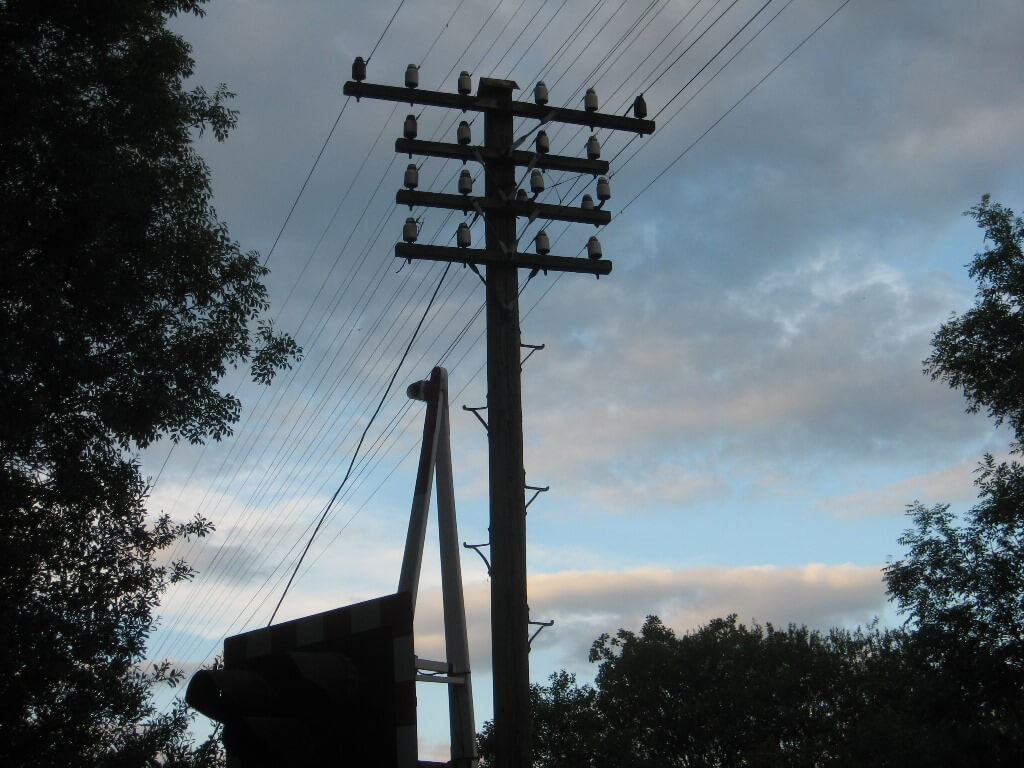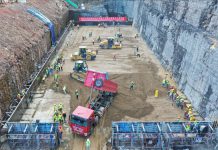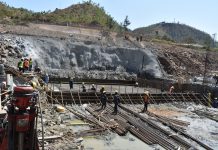Author: BERNARD LUGONGO
AfricaPress-Tanzania: as electricity will cover all villages by June 2021
THE government has emphatically stated that come June next year, no village in the country will be in darkness as it is planning to accomplish all rural electrification projects.
Chief Government Spokesperson Dr Hassan Abbasi yesterday revealed that more villages have continued to be connected to power, noting that by Friday this week, a total of 9,412 villages had been electrified, up from 2,018 villages recorded in the past five years.
“During this financial year, by next June, we want to ensure that all 12,268 villages countrywide have power,” he stated.
In supplying power to the villages, the government has over the past five years spent over 2.29tri/-, out of which 1.7tri/- was from domestic sources and the remaining 515bn/- from development partners.
The amount spent on investment on supplying power to rural areas has increased to an average of 506bn/- during the Fifth Phase Government from 347bn/- spent during 2015/16.
On other hand, massive investments on gas-generated electricity, over the past five years, has seen Tanzania producing surplus power of 300MW and relieving the Tanzania Electric Supply Company (TANESCO) Limited from incurring huge operational costs.
The government had so far injected over 1.1tri/- on gas power plant projects, a move which made the State power supply company save over 120bn/- annually, the money it was spending on paying Independent Power Producers (IPPs).
Elaborating on power generation, Dr Abbasi said by last July, the country’s power generation capacity increased to 1600MW from 1308MW over the last five years.
“This is a huge amount of electricity produced in five years; it helped the country have surplus against the demand,” he said.
The gas-powered generators have largely boosted power production, with the Kinyerezi gas-powered plant playing a central role.
When Tanzania decided to use its natural gas for power, the government started to construct a gas pipeline from Mtwara to Dar es Salaam.
To start with, in 2015/16, the government constructed the Kinyerezi 1 power plant with the capacity of producing 150MW.
The Fifth Phase Government thereafter put more investment on other two projects; Kinyerezi 1 Extension and Kinyerezi 2.
The Kinyerezi 1 Extension project is expected to be complete in next December and would be producing 325MW to the national grid.
Whereas completion of Kinyerezi 1 Extension project has delayed due to failures on the part of contractors, the Kinyerezi 2 project, worth USD 344 million (about 794bn/-), is now operational and pumps over 240MW into the national grid.
“All these projects are government funded and the investments on gas projects will continue because our country is rich in natural gas,” Dr Abbasi assured.
Investing on improving the TANESCO, the company for the first time has started to operate without depending on government subsidies and depending on Independent Power Producers (IPPs) that were costing it a lot.
The IPPS were producing power using the fuel, which was very costly.
Regions like Lindi, Mtwara, Njombe and Ruvuma were previously off the national grid, and therefore they were getting electricity from fuel-powered generators from the IPPs at high costs.
During the first five-year term, the current government ensured that all regions are connected to the national grid and fuel-powered generators are closed down.
This has enabled TANESCO to save at least 15bn/-, the amount it was spending on paying the IPPs who were pumping their power into the national grid to serve those regions.
In similar efforts for improvement, TANESCO stopped hiring power generators, which were also highly costly.
Apart from charges for hiring those generators, the State power supply company was incurring other costs like paying billions of shillings on capacity charges.
“By deciding not to continue using those hired generators during this current government, we have managed to rescue 118bn/- annually,” he explained.
Investment on the Nyerere Hydropower Project was another milestone during the current government; it is one of biggest power projects in Africa.
The project construction cost is 6.5tri/ and the government has already paid 1.38tri/- to the contractor.







